Hello everyone, my name is Tommy, and I’m excited to introduce myself as the new Community Manager for Project ’44. I’ve been following this project for years, and I truly believe it is becoming the leading digital resource for understanding the Second World War through maps, documents, and data. I’m honored to help support that mission.
Frederick Thornton Peters, born in 1889 on Prince Edward Island, was one of Canada’s most decorated naval officers. Leaving home at just sixteen to join the Royal Navy, his career spanned both world wars and took him from the China Station to the storm-tossed Atlantic. Twice retired and twice recalled to duty, Peters earned the Distinguished Service Order and Cross during the First World War and, ultimately, the Victoria Cross and the U.S. Distinguished Service Cross for extraordinary heroism at Oran during Operation Torch in 1942. His final act of courage—leading HMS Walney through point-blank fire into Oran Harbour—cemented his legacy as a symbol of bravery and devotion to duty.
Operation Husky, launched on 10 July 1943, was one of the largest amphibious operations of the Second World War. Its objective was clear: seize and hold the island of Sicily as a stepping stone into mainland Italy.
Discover the incredible stories of 10 Canadian heroes from the Second World War in our latest Project '44 blog. This tribute delves into the courage, sacrifice, and dedication of soldiers who helped shape history. Explore their journeys, honour their memories, and learn how these Canadian soldiers contributed to the fight for freedom.
The Battle of the Scheldt, fought between September and November 1944, was a crucial Allied operation in northwestern Europe during the final phase of World War II. Conducted primarily by the First Canadian Army under Lieutenant-General Guy Simonds (acting while General Harry Crerar was ill), the battle included significant contributions from Polish, British, and other Allied forces.
Operation Market Garden, while conceived as a daring plan to end the war by Christmas 1944, ultimately fell short of its ambitious objectives. Despite the valiant efforts of the Allied airborne and ground forces, the operation was marred by overly optimistic planning assumptions...
In early 2021, our team was asked to help research the story of Sergeant Elwin Arbour of the Princess Patricia’s Canadian Light Infantry (PPCLI).
Elwin Glen Arbour was born in Tay, Ontario, near Lake Simcoe, on the 2nd of July 1915. His parents were Harry and Elizabeth Arbour. Only his father was alive at the time of his death. He was the seventh child out of ten. Elwin played many sports including boxing, baseball, skating, and skiing.
Arbour enlisted on the 19th of September 1939 with the Princess Patricia’s Canadian Light Infantry (PPCLI) in Winnipeg, Manitoba.
This contribution to Project ‘44 explores the locations and target types attacked by 143 Wing RCAF Typhoons between D-Day (6th June) and the culmination of the Normandy Campaign in the final days of August 1944
Canada’s Second World War in the Pacific Theatre began at Hong Kong on the 8th of December 1941 and continued until its dramatic and sudden conclusion in the summer of 1945. Canada’s involvement in the Pacific has been greatly overshadowed by the war in Europe. This situation does not mean that Canada made a minimal contribution to the fight against Japan.
Moe made his long-awaited combat debut on August 8th 1944, in Operation Totalize – the largest operation yet undertaken by the Canadian Army in the European war. The Grenadier Guards' role was straightforward but far from simple.
Samuel Moses “Moe” Hurwitz was born on January 28, 1919, just two months after the end of the First World War. He was the eighth child of thirteen born to Bella and Chaim (Hyman) Hurwitz, of Montreal. Moe’s parents were Jewish immigrants who had arrived in Canada at the beginning of the 20th century.
Have you ever wanted to explore the battlefields of Second World War Europe from the comfort of your own home? Or maybe you wanted to find out where your relative was on a particular day. Now you can with Project ’44: The Road to Liberation. Project ’44 is a free online web map that covers the European Theatre of Operations from the DDay landings in June 1944 to Victory in Europe in May 1945.
Defining Moments Canada/Moments Déterminants Canada, a heritage education organization, announced today its partnership with the Juno Beach Centre Association and The Canadian Research and Mapping Association (Project44.ca) to lead the 2020 national commemorative project to share the stories of Canadians’ contributions to the Liberation of Holland and Victory in Europe (V-E Day).
“There is little to be thankful for in war[.] I was thankful for one thing, as a result of the battle for St. Lambert[.] I know that there is much to fear in war, but to me, the greatest fear was the possibility that I might not measure up to that which was asked of me. St. Lambert proved to me that I could measure up, and left me with the certain conviction that the war with Germany was in its final stages and that we would be equal to the task ahead of us – the final defeat of Germany.” - D.V Currie VC
The date was 11 August 1944. The Battle of Normandy was over two months old, and First Canadian Army had just concluded Operation Totalize, a massive armoured thrust across the Verrières Ridge and down the Caen-Falaise highway. Falaise, the next major communications centre south of Caen, remained in German hands.
In Normandy during the early morning hours of 9 August 1944, a battlegroup under of the command of Lieutenant-Colonel Donald Worthington (British Columbia Regiment (BCRs) and the Algonquin Regiment) set out in the dark to capture Point 195 north of Falaise. When daylight broke, Worthington confidently reported to 4th Canadian Armoured Brigade headquarters that he was on the objective and requested immediate support to defeat the determined German attempts to dislodge him. Unbeknownst to him, his battlegroup had lost its way in the dark and ended up on a piece of high ground near Hill 140, some six and half kilometres east of its intended destination.
The flash and thunder of over 1000 artillery pieces lit up the darkness at 0330 hours on July, 25th 1944 to usher in Operation Spring – the largest Canadian set-piece operation up to that point in the Second World War.
Operation Atlantic, 18 to 21 July 1944. The debut of 2nd Canadian Infantry Division and II Canadian Corps headquarters in Normandy. Its purpose was to guard the western (right) flank of a British armoured assault (Operation Goodwood) to the east and south of Caen. Operations Goodwood and Atlantic were part of a series of costly battles designed to grind down the German armies in Normandy to facilitate a breakout.
A dark overcast sky looms overhead; the low rumble of engines and waves filling the air between the nervous-silence that envelop the crews. Miles behind them, the massive invasion force slowly steams towards France. Onboard their Bangor-class minesweeper vessels, the men of the Royal Canadian Navy know their objective is but one of many critical tasks necessary for the success of Operation NEPTUNE. It is perhaps the most critical task, yet it remains one of the unheralded acts of bravery and naval discipline in the Second World War.




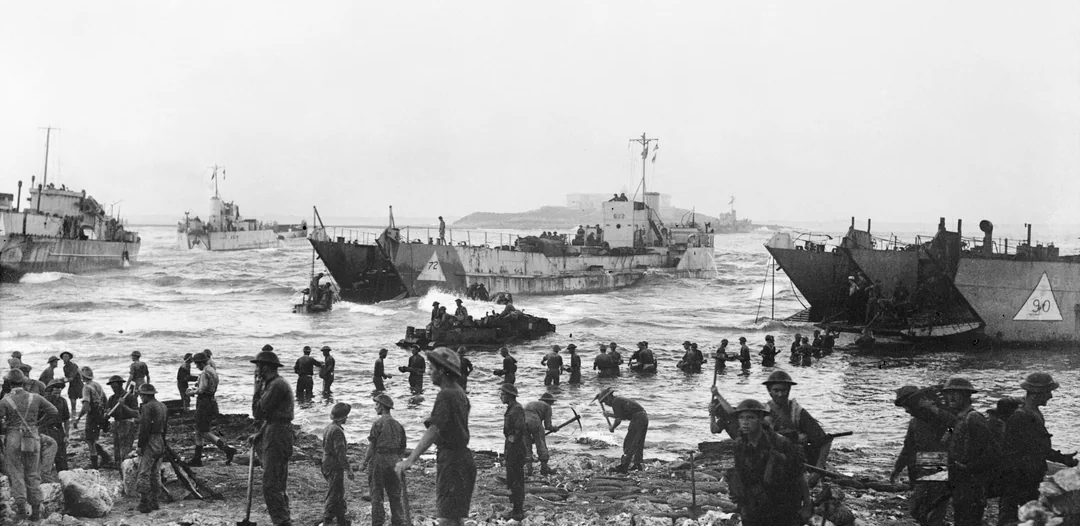

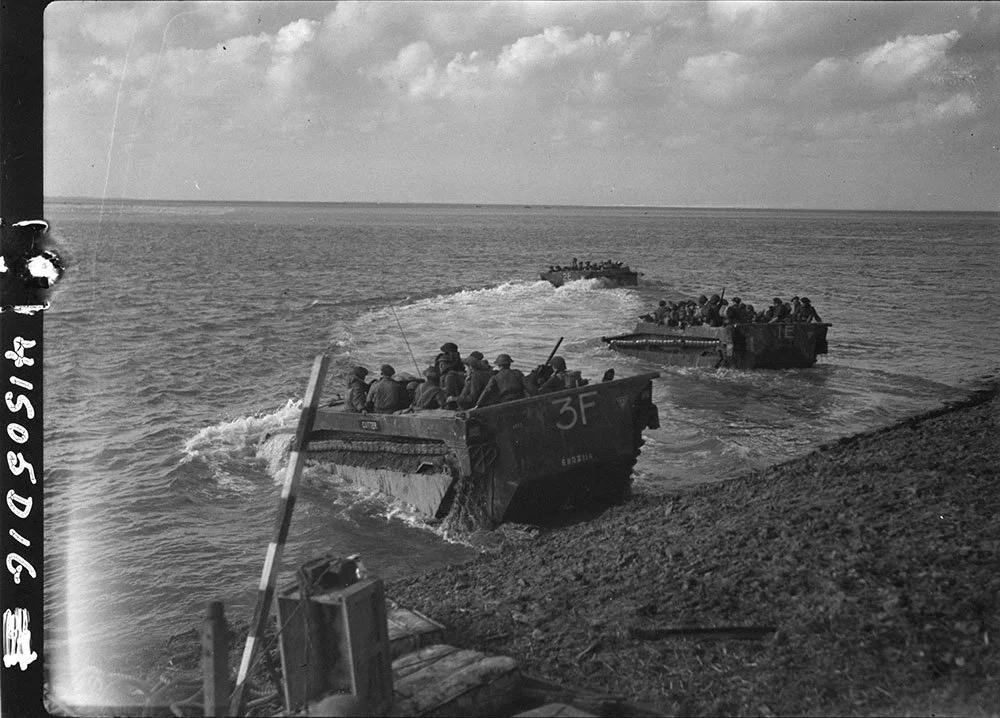

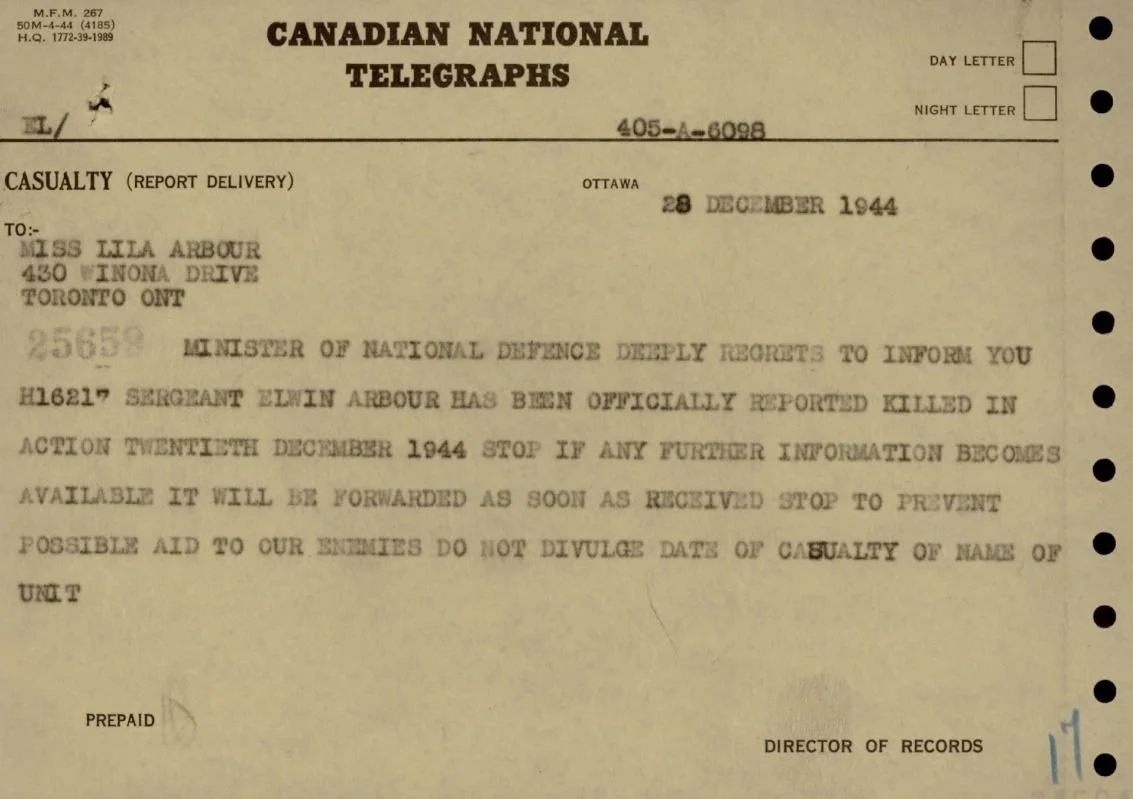



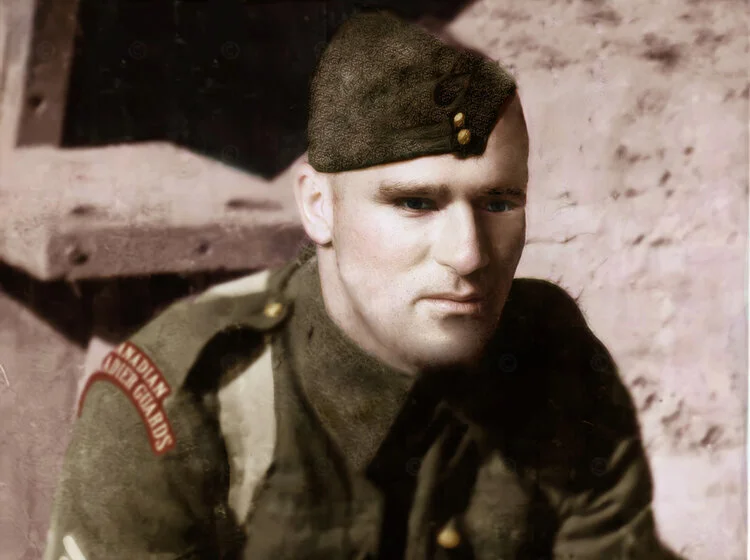






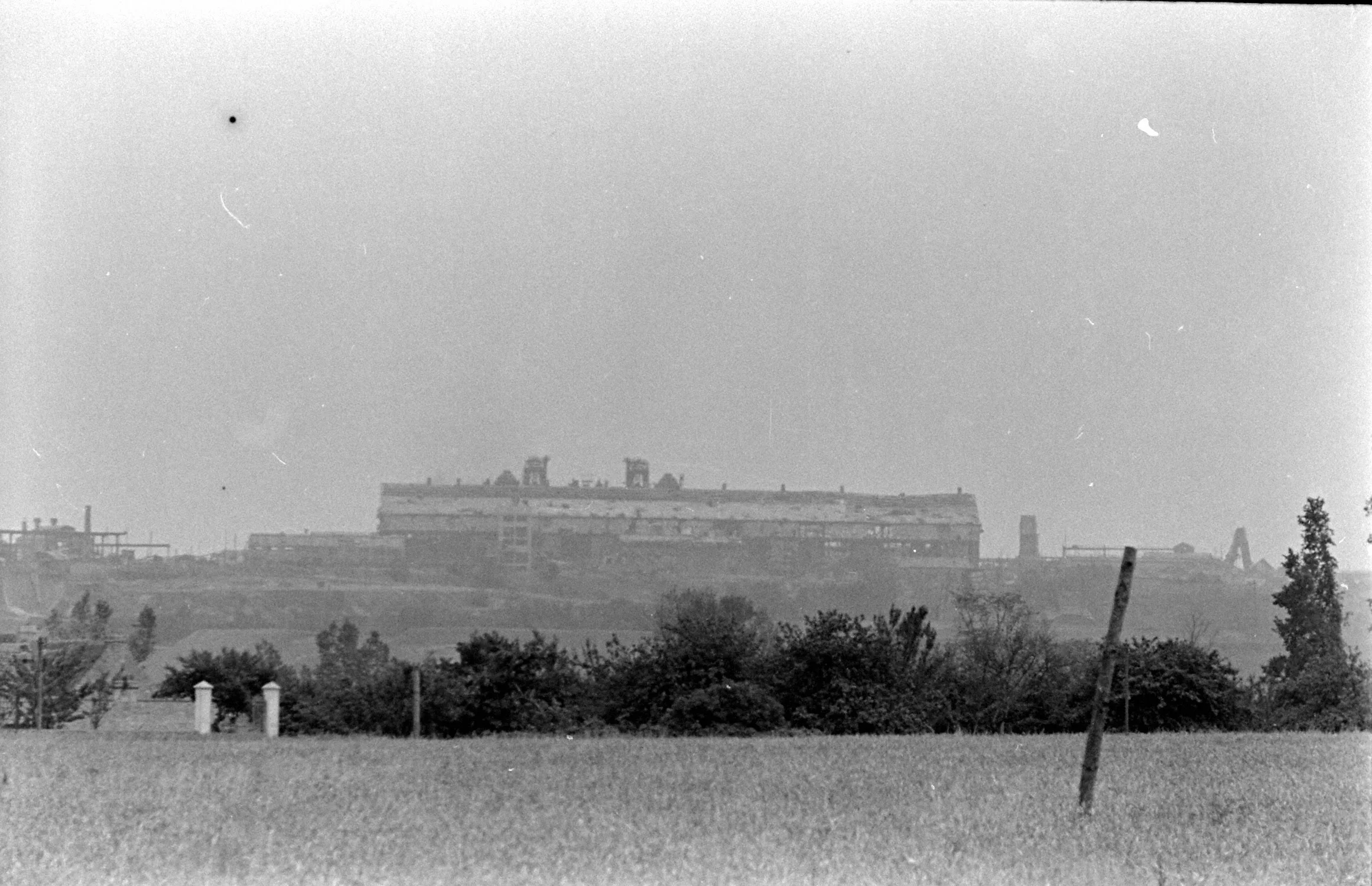

Project ‘44 was founded to highlight the role of one such underappreciated country – Canada. Project ‘44 undertook an unprecedented project to map Canadian forces as they advanced across North-West Europe and Italy between 1944-45. This visual and data driven approach has provided incredible insights and opened new avenues of historical analysis. But this is just the first step, and its potential for expansion is huge.